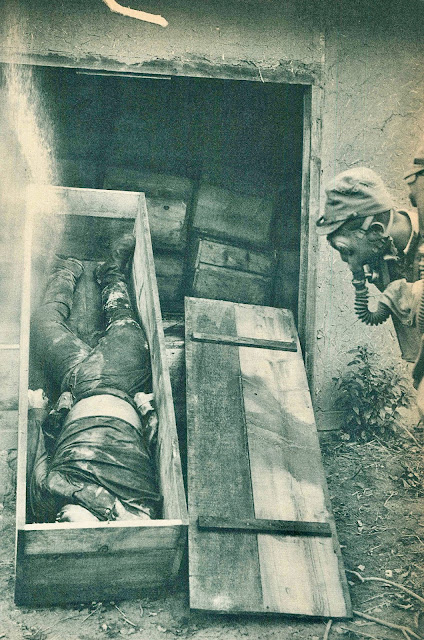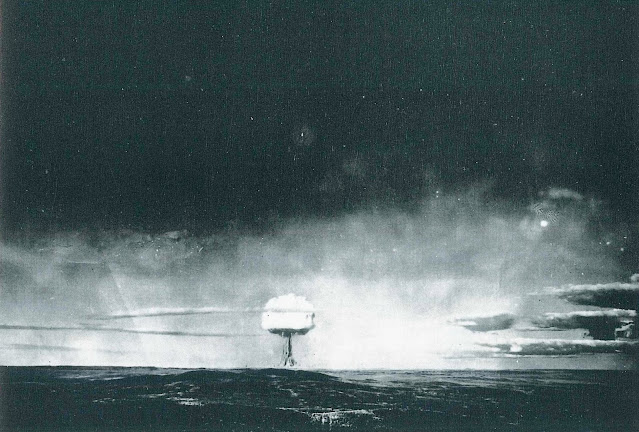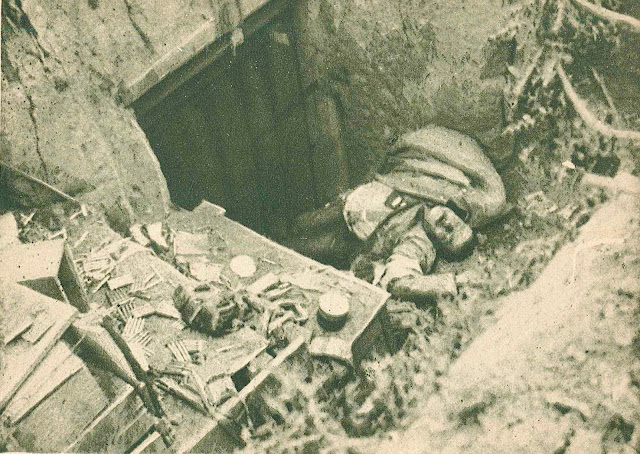During the Normandy campaign, American soldiers landed on the Omaha coast from June 6 to 10, 1944, resulting in the heaviest casualties. The bodies of fallen American soldiers littered the beaches of Omaha. American troops were assigned to the Omaha beach, which was the most heavily defended by German forces in the Normandy region of France. Instead of the expected single unit, they were faced with a German division. By the time they landed on the Omaha beach, there was little damage to the German defensive network. About 2,000 American soldiers were killed or wounded when the Germans attacked from the cliffs where they landed.
Strong currents drove many landing craft east of their intended points, delaying their landings. Fighter planes delayed their bombing runs for fear of hitting the landing craft. The sea became rough, and tanks dropped about 4,600 meters from the shore, flooding the area and drowning about 33 people. The landing craft drifted onto the beach and walked about 50 to 100 meters in the water while the Germans attacked. The casualty toll was enormous, more than all other landings combined.
There were problems clearing obstacles from the Omaha beach, which halted further landings of vehicles. Later, destroyers arrived and supported them with gunfire. The invasion from the Omaha coast was only possible via five heavily defended canyons. About 600 men were killed by German artillery fire without reaching the high ground by noon. When the Germans began to run out of ammunition, the Americans opened a lane on the beach at Omaha Beach for vehicles to pass. As the vehicles moved off the Omaha beachhead, they began to sweep through the German defenses. On the Omaha beach alone, from June 6 to 10, 1944, some 80,000 American troops and 10,000 vehicles landed. The Germans expanded the scarce coastal barrier. The landings were completed about three days after D-Day, June 6, 1944, the day of the Normandy landings. The casualties on the Omaha beaches were called Bloody Omaha, with about 3,000 American troops and 1,200 German troops killed or wounded in action.




























